Russia: “China Poised to Become World’s Largest Nuclear Power Producer,” Expansion of 10 Reactors Annually Puts Beijing on Track to Overtake U.S. by 2030
Input
Changed
China Expanding Nuclear Capacity from 113GW to 200GW At Least 10 Reactor Approvals Each Year Accelerated Global Foray with Hualong Third-Generation Technology
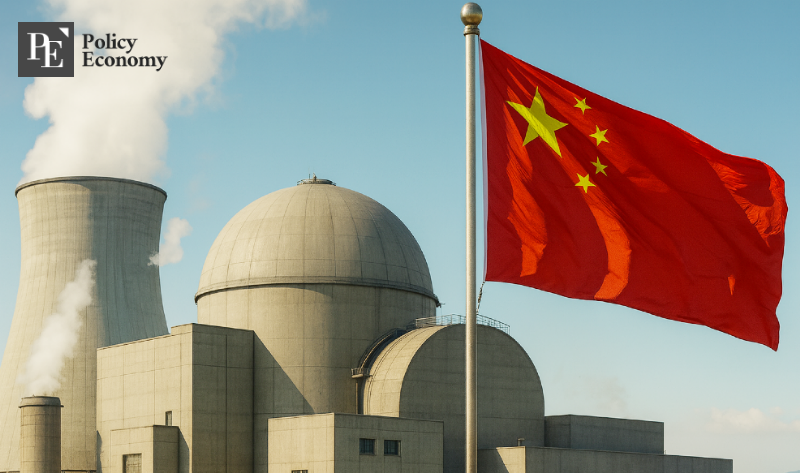
China is positioning itself at the forefront of a global energy realignment. Under a strategy to surpass the United States and emerge as the world’s largest nuclear power producer, Beijing is leveraging overwhelming cost advantages and rapid project execution capabilities to accelerate reactor deployment. While the U.S. and Europe remain stalled, China is drawing the nucleus of the nuclear power industry toward itself, armed with Russian technical support and formidable competitiveness.
Rosatom CEO: “Russia Supplying Technology for China’s Reactor Development”
According to Reuters on the 3rd (local time), Alexey Likhachev, CEO of Russian state-owned nuclear corporation Rosatom, stated in an interview with state television after attending the “80th Anniversary of the End of World War II” ceremony in Beijing that “China has set a target to overtake the U.S. in nuclear power capacity, exceeding 100GW, and Russia is, of course, supporting and already assisting in this effort.”
He continued, “China has drawn up an ambitious plan for nuclear development, with surpassing the U.S. as its mandate. We will provide Russian technology for the development of a new generation of closed nuclear fuel cycle reactors.” Russia has already built four reactors in China and is constructing another four. Likhachev added, “China will continue to require massive supplies of uranium and nuclear fuel, making cooperation with Russia’s technology essential for next-generation nuclear development.”
China Targeting Doubling of Nuclear Power Capacity by 2040
Likhachev’s remarks align with Beijing’s nuclear expansion agenda. China has set its sights on doubling nuclear power capacity by 2040 to claim the top global position. According to the China Nuclear Energy Association (CNEA), Beijing intends to construct dozens of new reactors over the next decade, raising capacity to 200GW—more than double that of the U.S. This initiative is part of China’s decarbonization strategy, designed to mitigate overreliance on weather-dependent renewables such as solar and wind.
A recent Goldman Sachs report found that of 61 nuclear reactors currently under construction worldwide, nearly half are in China. The country has in recent years embarked on the fastest pace of nuclear development in history. CNEA reported that as of late 2024, China operated or was building 102 reactors with a combined 113GW of capacity, largely concentrated in economically dynamic coastal regions.
Since 2022, China has approved the construction of 10 new reactors annually for four consecutive years, with this year’s nuclear investment expected to exceed $27 billion. Newly approved projects in 2025 include 10 reactors across Guangxi Fangchenggang (Units 5, 6), Guangdong Taishan (Units 3, 4), Zhejiang Sanmen (Units 5, 6), Shandong Haiyang (Units 5, 6), and Fujian Xiapu (Units 1, 2). These add to 58 operational reactors and 29 already under construction along China’s eastern seaboard, facing South Korea across the Yellow Sea. All new projects employ domestically developed third-generation designs, with eight of them adopting the Hualong One model.
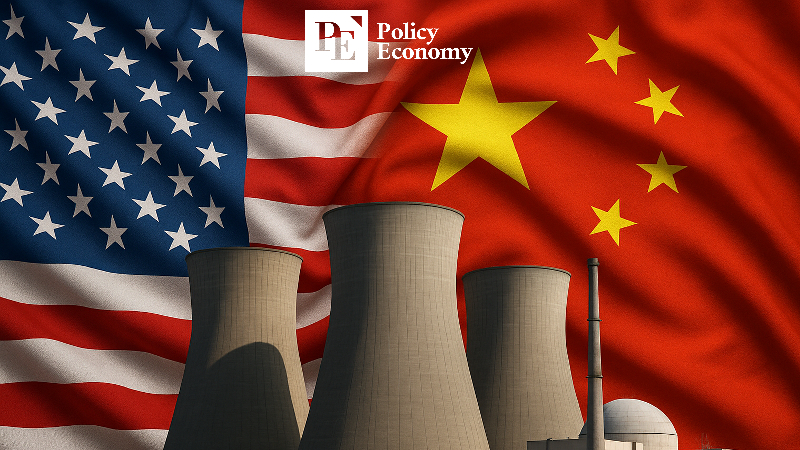
China’s Nuclear Build Costs One-Third That of Advanced Economies
China’s nuclear drive is aimed squarely at catching the U.S. The U.S. still produces the most electricity from nuclear, with 94 reactors accounting for 20% of total generation and a capacity of 97GW. Yet U.S. nuclear is an aging legacy fleet, with only two reactors built in the past decade.
China, by contrast, is the undisputed global leader in new construction. The World Nuclear Association (WNA) reports that China’s reactors under construction total 31,985MWe, more than 6.5 times Russia’s 4,903MWe in second place. Unlike much of the world, China did not pause construction after Japan’s 2011 Fukushima disaster.
CNEA’s “China Nuclear Energy Development Report 2025” shows that as of end-2024, China operated 57 commercial reactors with combined capacity of 59.76GW, ranking third after the U.S. and France, while leading the world in capacity under construction for 18 consecutive years. At the current pace, CNEA projects China’s operating capacity to reach 113GW by 2030, overtaking the U.S., and 200GW by 2040, doubling its share of national power generation from 4.72% to 10%.
This is feasible because China’s nuclear construction costs are roughly one-third of U.S. and European levels. Backed by this cost advantage, Beijing is advancing into exports. After supplying Pakistan with its first Hualong One pressurized-water reactor, China has sought entry into Saudi Arabia’s nuclear program, reportedly offering bids over 30% cheaper than competitors including South Korea. Construction timelines are also faster: while projects in the U.S. and Europe often suffer protracted delays, China can deliver a reactor in just five years, adhering strictly to schedules.
China is also moving ahead in next-generation nuclear R&D. It became the first in the world to operate a fourth-generation reactor cooled by high-temperature helium gas rather than water. In fusion energy, China is taking the lead as well. Fusion generates four times the energy of fission without producing radioactive waste. In January, China announced it had sustained fusion conditions at 100 million°C—six times hotter than the Sun’s core—for a record 1,066 seconds. Beijing has set a target to commercialize fusion by 2050, with massive investments already underway.

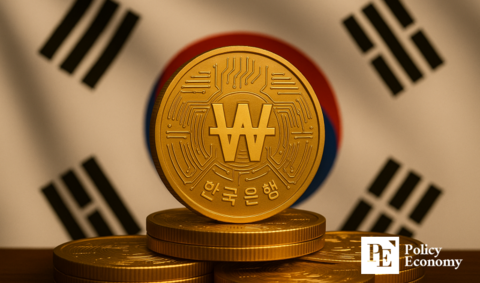
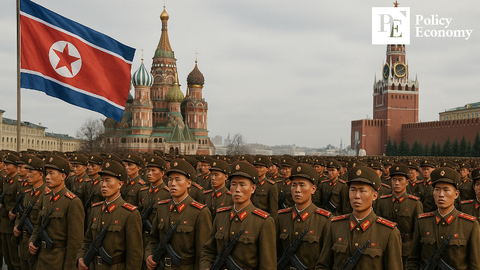





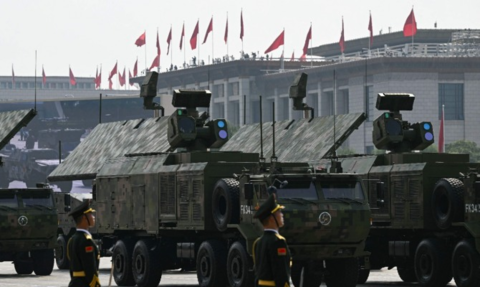
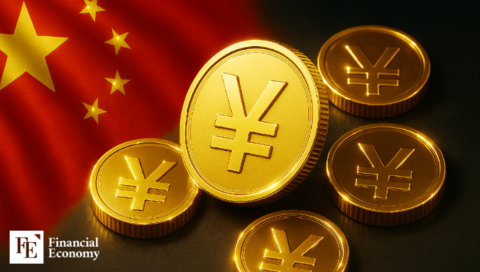












Comment